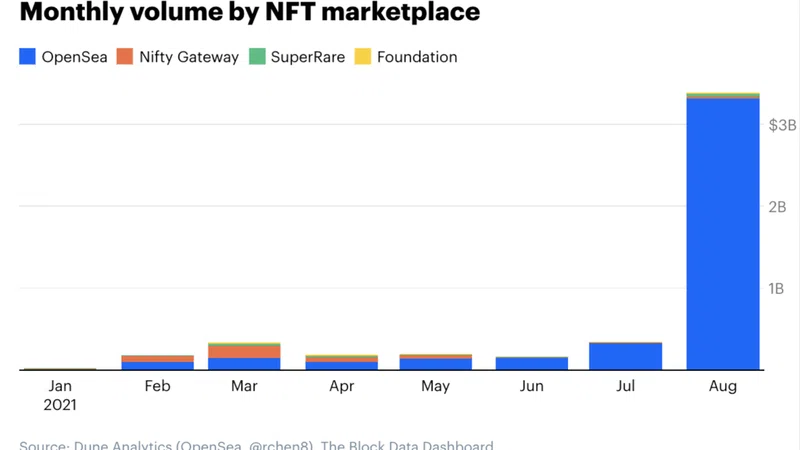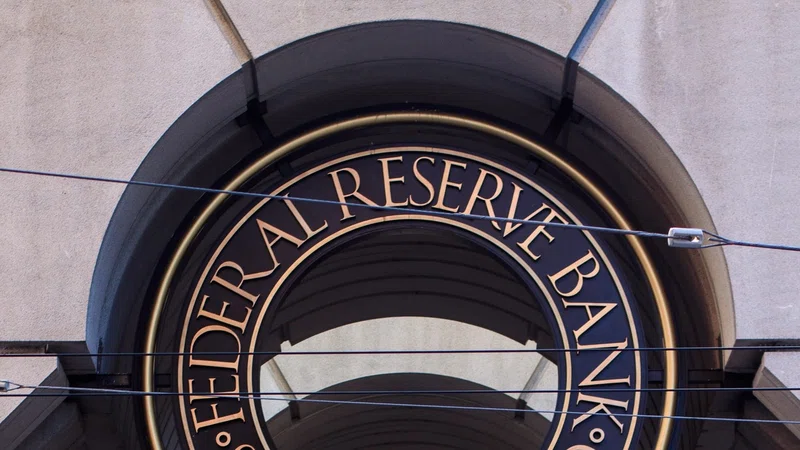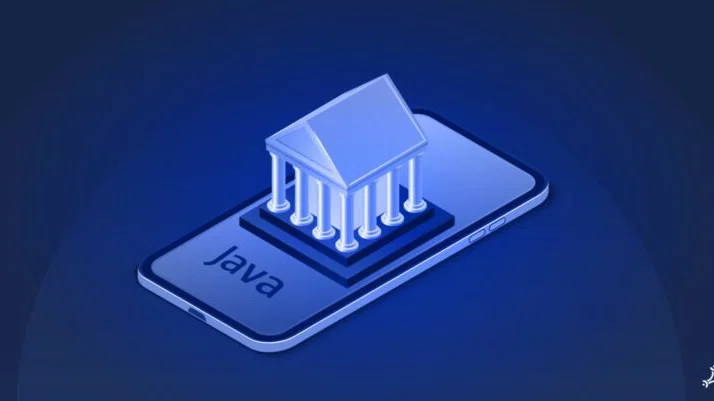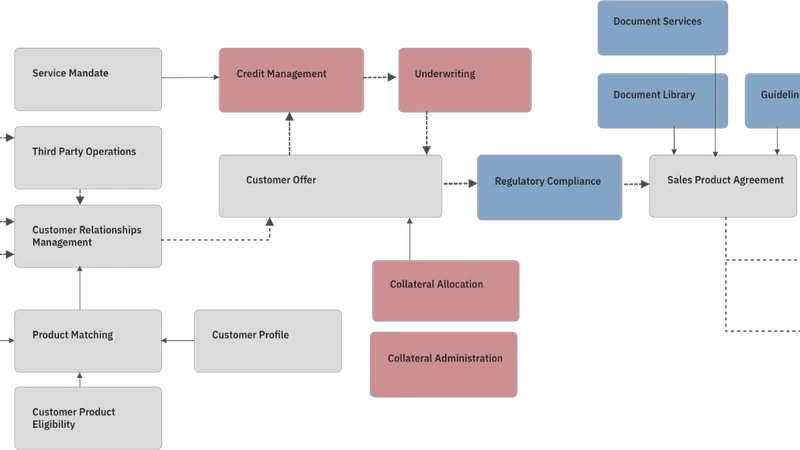The beauty of the free markets is their constant change and adaptation. As markets move from optimism to pessimism the market players adjust and change to the landscape. Sometimes completely unrelated industries converge during this process and create a new trend. The post-pandemic marketplace is an example of this very transformation. Two unlikely industries that converged during this market transformation are the payments and outdoor recreation industry. Opposites do seem to attract here, financial technology met with nature and America fell in love with the Great Outdoors again!
Consumer Payment Behavior
There is a steady trend over the last decade of consumers moving away from traditional revolving credit lines. Consumers are cutting up their credit cards and moving towards installment credit. Point-of-Sale financing 2.0 is upon us, and it’s known as Buy Now, Pay Later. Think old school layaway with a new technology upgrade.
Savvy consumers are ditching the compound interest and moving towards simple interest installments backed by easy-to-use technology. The pandemic sped up this trend, 56% percent of Americans have used a buy now, pay later service and 62% of those users think buy now, pay later will replace their credit cards[1]. The generational gap is even more telling, 49% of millennials do not have a credit card compared to 30% nationwide. The largest living generation, millennials, are a major driver in any market and particularly when it comes to payments. Generational and societal shifts are changing the payments industry at a rapid pace post pandemic.

On a grander scale, the pandemic’s impact and buy now, pay later’s rise in popularity will lead the industry to rack up $680 Billion in transaction volume worldwide by 2025[2]. Compare that to the overall decline of the $1 trillion revolving credit market. In 2020, revolving credit declined by 5.7% from prior year while non-revolving credit increased by 4% during that same period[3]. As consumers change their payments preference at checkout, they are also reconsidering their purchases and opting outside.

Americans Are Getting Outside
America is falling back in love with the great outdoors. When the economy came to a halt in 2020, Americans turned to outdoor recreation for entertainment, and it doesn’t seem to be slowing down as economies open back up again. Yellowstone saw nearly 5 million visitors in 2021, a new record and up 28% from the prior year[4]. According to data from Recreation.Gov and Hipcamp, 10.1 million families camped for the first time in 2020 and camping reservations increased by 68% over a five-year period ending in 2020[5].

Food scarcity during the pandemic also brought new awareness to hunting and fishing for many Americans. Michigan saw a 67% increase in new hunting and fishing licenses in 2020, 46% more apprentice licenses. In 2020, Washington graduated more than twice as many residents from its hunter safety program and Nevada put 50% more people through their hunter safety program[6].
Many think of the outdoor recreation industry as a sleepy industry but the numbers tell otherwise. The nearly trillion-dollar industry surpasses the oil & gas, pharmaceutical, and motor vehicle industries in yearly consumer spending. More Americans participate in outdoor recreation each year (145 million) than attend NFL, NBA, MLB and NHL games combined (134 million)[7]. Spending on hunting sustains more American jobs (195,000) than the combined workforces of Apple and Microsoft. Americans also spend more on trail sports ($20 Billion) than they do on home entertainment ($18 Billion).
The outdoor recreation industry is an economic powerhouse that is going through a renewed phase of growth that is far from a fad. Combining this age-old industry with the rapid change in technology occurring in eCommerce, online marketplaces, and payments is going to get more people playing in America’s back yard. What a great use of technology, helping people facilitate their outdoor adventures and pursuit of simple pleasures outdoors. An unlikely match but one that I think everyone can get behind.
[1] https://www.insiderintelligence.com/insights/buy-now-pay-later-ecommerce-financing-consumer-credit
[2] https://www.fool.com/the-ascent/research/buy-now-pay-later-statistics/
[3] FRED Economic Data; Board of Governors of the Federal Reserve System
[4] https://www.nationalparkstraveler.org/2022/01/yellowstone-approached-5-million-visitors-2021-record
[5] https://www.limaohio.com/features/lifestyle/494341/camping-surges-in-popularity-across-us-during-pandemic
[6] https://www.pewtrusts.org/en/research-and-analysis/blogs/stateline/2020/12/14/the-pandemic-created-new-hunters-states-need-to-keep-them
[7] The Outdoor Recreation Economy, Outdoor Recreation Association













